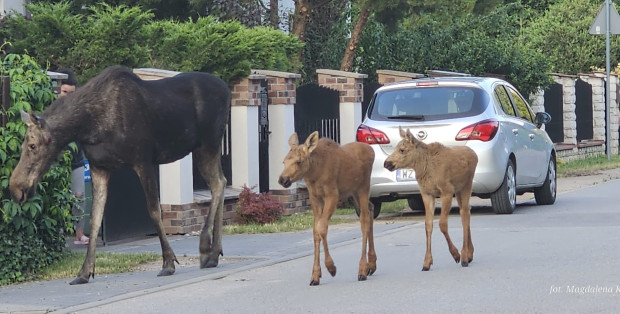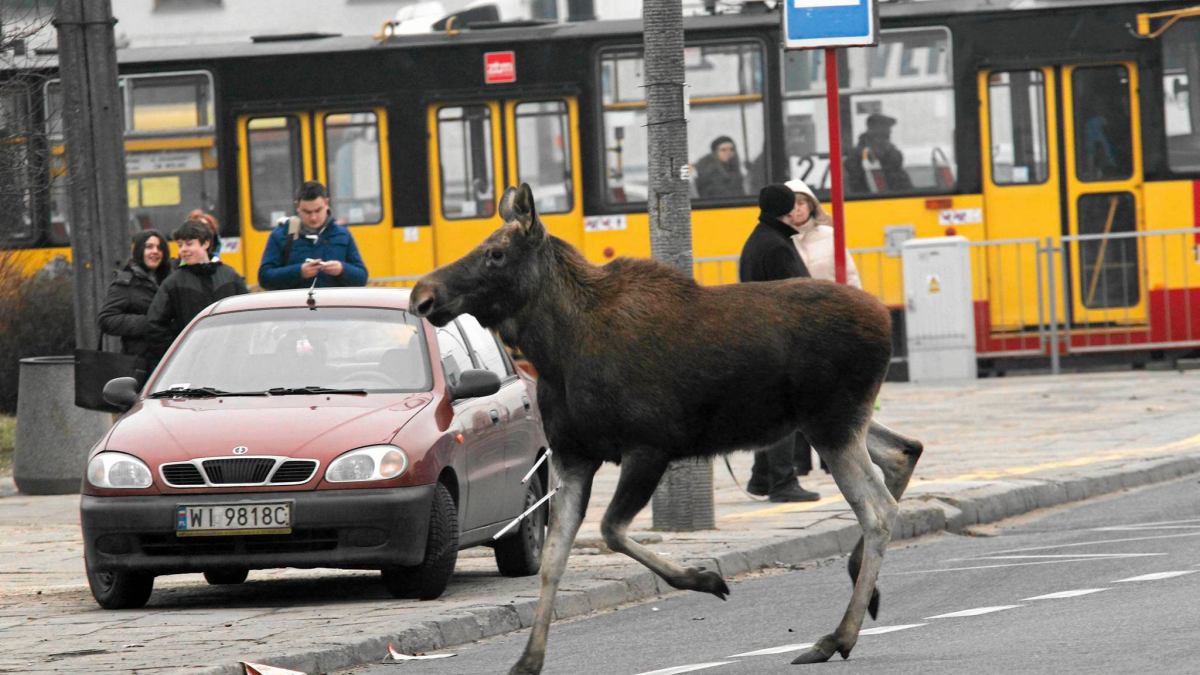Also does Poland have the largest or oldest wildlife reserve in europe?
Białowieża is considered the oldest reserve in Europe. Unless somebody finds someting more ancient:
The first recorded piece of legislation on the protection of the forest dates to 1538, when a document issued by King Sigismund I the Old instituted the death penalty for poaching a wisent (European bison). King Sigismund also built a new wooden hunting manor in Białowieża, which became the namesake for the whole forest.
The forest was declared a hunting reserve in 1541 for the protection of wisent.
That's from en.wikipedia.org/wiki/Bia%C5%82owie%C5%BCa_Forest#History
And I remember reading somewhere, that the last aurochs (tur) was killed some time in the 17th century by poachers in Białowieża.
Oh, let's do the homework:
The last recorded live aurochs, a female, died in 1627 in the Jaktorów Forest, Poland from natural causes. The skull was later robbed by the Swedish Army during the Swedish invasion of Poland (1655-1660) and is now the property of Livrustkammaren in Stockholm.
en.wikipedia.org/wiki/Aurochs
One of the pleasant things in the UK for me was both the similarity of the wildlife here and the subtle differences that made it even more interesting. Foxes on the streets are a sensation in Poland, common thing here. Meeting a stag beetle on a pavement in Bracknell made my day (or my night, as it was), since in Poland they are considered a rare species, and I never saw one ther. Poison hemlock right at my factory's fence made me check and recheck if this is not really a mistake. It wasn't. Tawny owl hooting regularly from the thin stripe of the Tube territory, amongst acres and acres of London suburbs. Bats almost hitting my windows in the London suburb. Rabbits, but no hares...


